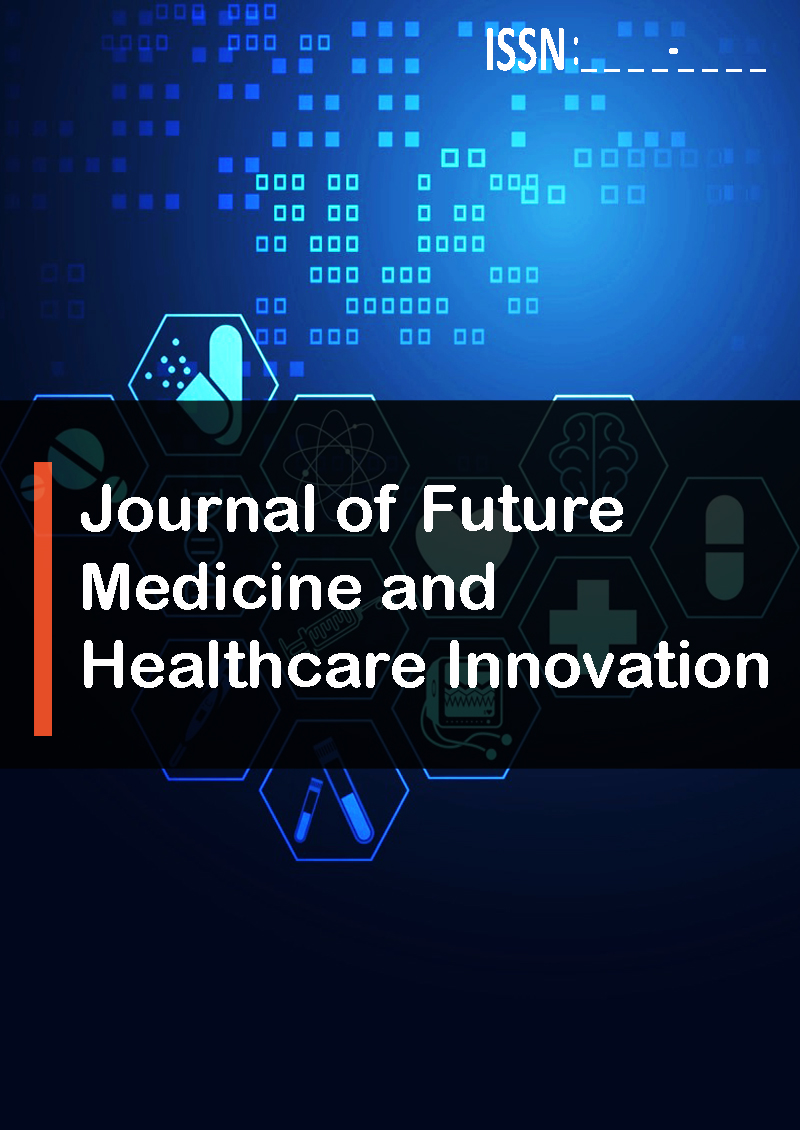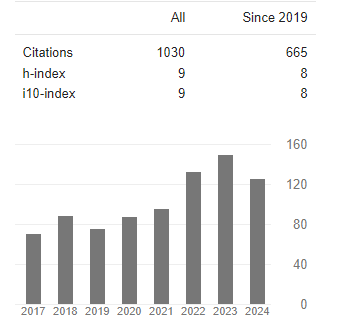The Air Quality Before-and-After COVID-19 in Tunisia: A Case Study of the Month of May Between 2018 and 2023
Abstract
Abderrazak Arif
The global coronavirus 2019 pandemic (COVID-19) reduced air pollution despite the economic, social and health disruptions that it caused on a global scale. We aimed to study the sulfur dioxide (SO2) and nitrogen dioxide (NO2) variability, which are the main air pollutants. We used the data from the Copernicus Sentinel-5P satellite to analyze the atmospheric concentrations of these pollutants in three Tunisian regions: the North, the Centre, and the South, before and after the onset of this global pandemic; we compared them with the results from other countries. We examined also the relationship between meteorological variables and these pollutants; the results showed a return to normal levels from May 2022, indicating a decline in COVID-19 cases and deaths worldwide. A multivariate linear regression analysis was performed to identify the meteorological variables that affect these air pollutants.




